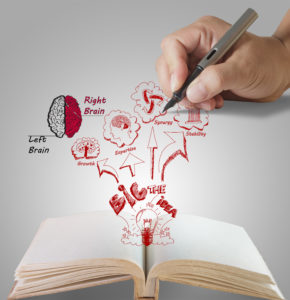Quick links, bringing you great articles on writing from all over the web.
Janice Hardy does it again with another great post! Are you struggling with adding depth to your story or just want to take it to another level? Head over to Writer’s In The Storm to learn how to use your protagonist’s inner conflict to help strengthen your plot.
~ * ~
Using Internal Conflict to Create Plot
 A lot of focus gets put on the core conflict of a novel–the main problem the protagonist has to solve to win. It’s no wonder since that’s the whole point of the book, but sometimes, when we look too hard at the external problems, we miss out on opportunities to let the internal problems muck things up. This is especially true in a character-driven novel, since that inner journey is what’s driving the entire book.If you’ve been struggling with a plot, or you’re looking for ways to deepen an existing plot, try looking at how your protagonist’s internal conflict is driving her external actions.
A lot of focus gets put on the core conflict of a novel–the main problem the protagonist has to solve to win. It’s no wonder since that’s the whole point of the book, but sometimes, when we look too hard at the external problems, we miss out on opportunities to let the internal problems muck things up. This is especially true in a character-driven novel, since that inner journey is what’s driving the entire book.If you’ve been struggling with a plot, or you’re looking for ways to deepen an existing plot, try looking at how your protagonist’s internal conflict is driving her external actions.
At the heart of every good internal conflict is a fear created by trauma. Something bad happened to that character at some point to scar her for life, and this fear affects how she makes decisions. This is usually the fear she must overcome by the end of the book to finally grow as a character and overcome whatever obstacle has been in her path.
Look at your protagonist and ask:
What’s her greatest fear?

